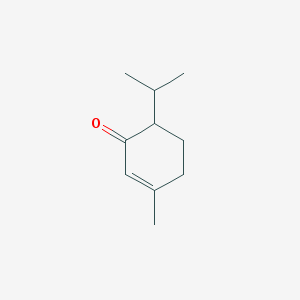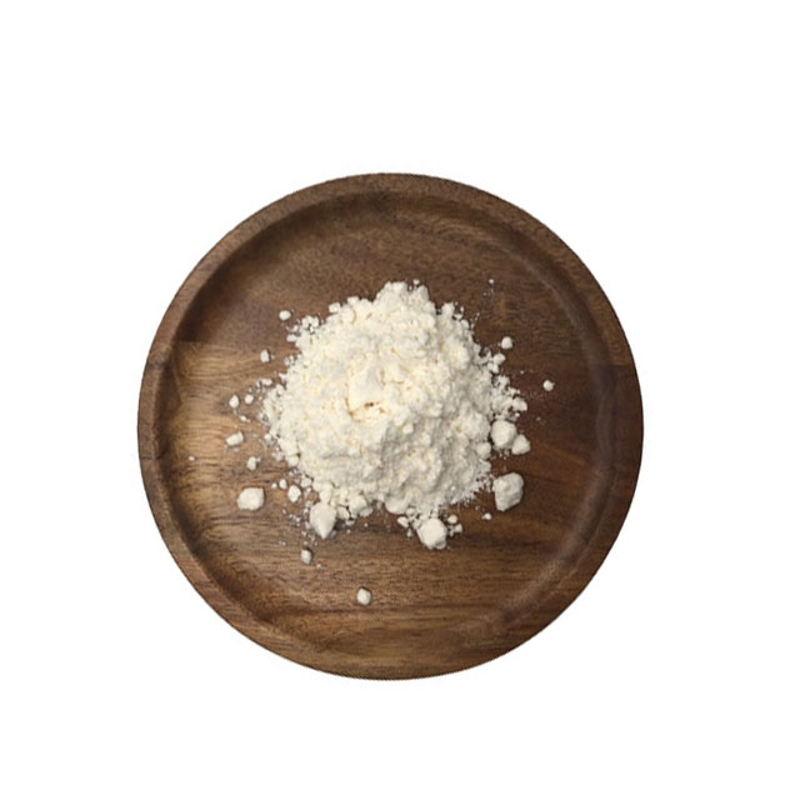-
Categories
-
Pharmaceutical Intermediates
-
Active Pharmaceutical Ingredients
-
Food Additives
- Industrial Coatings
- Agrochemicals
- Dyes and Pigments
- Surfactant
- Flavors and Fragrances
- Chemical Reagents
- Catalyst and Auxiliary
- Natural Products
- Inorganic Chemistry
-
Organic Chemistry
-
Biochemical Engineering
- Analytical Chemistry
- Cosmetic Ingredient
-
Pharmaceutical Intermediates
Promotion
ECHEMI Mall
Wholesale
Weekly Price
Exhibition
News
-
Trade Service
Recently, Trends in Biotechnology published online a review of the team of chen Jian academicians from Jiangnan University's Center for Future Food Science and the School of Bioengineering.
Zhao Xinrui is the first author, Professor Zhou Jingwen is the author of the newsletter, and the authors of the paper also include Professor Chen Jian and Professor Zhang Guocheng.
Hemoglobin is a kind of hemoglobin-based ferroglobin found in primary and endocrine cells, which has many important functions such as transporting and storing oxygen, regulating pH in cells, and regulating physiological metabolism.
recent years, hemoglobin has been used in emergency medicine (as a cell-free oxygen carrier), healthcare (as an iron resupply agent), food processing (food grade coloring and flavoring agents) and other fields.
but hemoglobin acquisition still depends on extraction from blood or plant tissue, which is not only time-time-efficient, but also prone to environmental pollution from the chemical reagents used.
, the use of microbial cell factories as a platform to synthesize different sources of hemoglobin has become a hot research topic in recent years.
has more than 141,110 hemoglobin gene coding sequences in the NCBI GeneBank database, more than 84,424 hemoglobin amino acid sequences in the EMBL protein database, and 7 in the PDB protein crystal database. 25 hemoglobin three-dimensional structure data, but at this stage only 15 different sources (people, soybeans, crocodiles, etc.) of hemoglobin can be synthesized by 9 limited microorganisms (E. coli, wine yeast, bacillus spores, etc.).
Based on the systematic development tree analysis of existing hemoglobin amino acid sequences, it was found that hemoglobin and its sub-base from different sources are divided into several categories: animal-sourced β hemoglobin α
As a result, more and more sophisticated metabolic engineering and synthetic biology strategies can be applied to develop effective and stable hemoglobin microbial synthesis methods to meet the needs of large-scale applications of hemoglobin in different species, such as humans, soybeans, transparent vibrato.
hemoglobin is the auxiliary base necessary for hemoglobin to perform its physiological function, in order to effectively synthesize hemoglobin first need to improve the supply level of hemoglobin in the cell.
The synthesis of hemolyxin in nature is mainly through C4 and C5 (Figure 2), by strengthening the C4 route and supplementing glycine and serum as a substrate or by strengthening the C5 pathway of anti-feedback inhibition can increase the content of intracertic hemolyndrogen precancerass 5-amino ketone ephedrine (ALA).
on this basis, we continue to strengthen and modularize the downstream pathway of hemolyxin synthesis, which can be achieved without adding substrates to E. coli±2.3mg/L hemolyxin synthesis.
In addition, since high levels of hemoglobin in the cell can significantly inhibit the growth of bacteria, the use of hemoglobin transport protein can achieve more than 60% hemoglobin secretion synthesis, to reduce the toxic effect of hemoglobin on cells.
on the basis of improving the level of hemoglobin supply, the synthesis of hemoglobin from different sources using microbial hosts such as E. coli and yeast has been successful.
more than 70% of hemoglobin is synthesized by E. coli due to the maturity of metabolic modification and low culture costs.
First, in order to enhance the solubility of hemoglobin in E. coli, cocoon optimization, the adapted combination of promoters and vectors α, and protein-soluble labels have been successfully applied to avoid the formation of enumerations α The co-expression of the stable cofactor AHSP has also been used to improve the stable type of α sub-base, and because of the weak synthesis and transport capacity of hemolyxin in E. coli hosts, hemolybin transport systems of Zhiga fake monocytobacteria can be introduced and high concentrations of hemolybin added outside the cell to increase in-cell hemolyte levels (Figure 3).
on the basis of the initial obtained hemoglobin, it can be further developed by combining human-sourced hemoglobin α aki and bovine-source hemoglobin β sub-base to develop a self-polymerized human bovine hemoglobin (180-500kDa) polymer) to prolong the half-life of commercial cellless oxygen carrier products in the blood, to express methionine amino peptide enzyme in the host to speed up the correct removal of methionine residues at the end of hemoglobin N, and to optimize fermentation conditions such as induced agent concentration and induction temperature to increase hemoglobin production.
addition to E. coli, yeast strains such as wine-making yeast and bichi yeast are also an efficient platform for synthesis of hemoglobin.
But in the previous study, the yield of wine yeast synthesis hemoglobin was low, and in recent years the maximum content of human hemoglobin could reach 7% of the total soluble protein in cells by optimizing the ratio of expression levels between hemoglobin α and β sub-base, strengthening the hemoglobin synthesis pathway, and knocking out the transcription factor Hap1p modified oxygen sensing pathway (Figure 3).
Bichi yeast is currently an efficient host for the production of commercial soybean hemoglobin, which can be added to new artificial meat products to simulate the flesh color and flavor of real meat.
, a commercially synthesized soy hemoglobin strain developed by Impossible Foods, has been approved by the FDA and patented in several countries.
The eight enzymes needed for hemoglobin synthesis in this strain are divided into three modules and enhanced with methanol-induced AOX1 promoters, the genes of two copies of soy hemoglobin and the transcriptional activation factor Mxr1p are integrated into the genome, and finally, large-scale industrial production of soybean hemoglobin is achieved by optimizing high-density fermentation conditions (Figure 3).
the current use of microorganisms to synthesize hemoglobin has been successful, but most hemoglobin production is still low, which poses a major challenge to the application of recombined hemoglobin in production.
New strategies could be used in future studies to enhance the synthesis capabilities of strains (Figure 4): first, unknown hemoglobin genes encoded with special functions or characteristics, such as clover hemoglobin with high temperature and color-changing properties, etc., first, speed-limiting steps in hemoglobin synthesis pathways should be continued, and strategies such as protein stents should be used to remove spatial isolation between these steps; The degradation of hemoglobin by-products and hemoglobin oxygenase in the hemoglobin synthesis pathway should be inhibited, and finally, because hemoglobin has toxic effects on cells, and the excessive expression of enzymes in hemoglobin synthesis pathway increases the metabolic burden of the host, the use of hemoglobin sensors to achieve the metabolic balance between hemoglobin synthesis and hemoglobin expression is the key to break through the bottleneck of hemoglobin synthesis.
review was obtained by the National Key Research and Development Program (2019YFA0906400), the National Natural Science Foundation of China (31900067), the "Light Industry Technology and Engineering 1" National First-Class Discipline Project (LI) TE2018-08) funding, published in the journal Trendin Biotechnology under the title "Recentadvance in the microbial synthesis of hemoglobin" (Trendsin Biotechnology, 2021, 39 (3), 286-297, .







